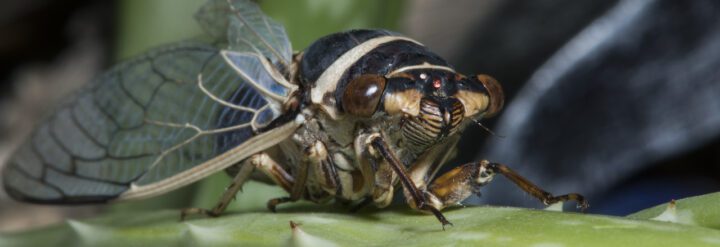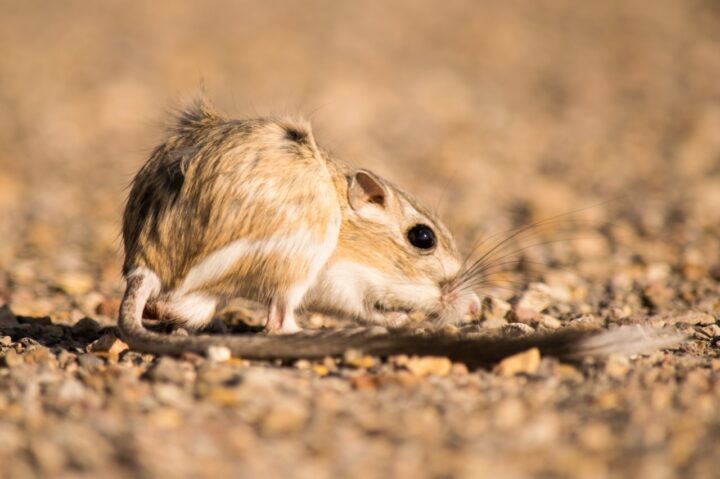Distribute Gases
Gases of particular importance to living systems are oxygen, carbon dioxide, and nitrogen. Oxygen and carbon dioxide are involved in respiration, so distributing these gases efficiently and effectively is important for a living system’s survival. However, gases are difficult to contain because they disperse easily. To accommodate this, living systems have strategies for confining gases and using gases’ properties to their advantage. For example, prairie dogs and mound-building termites build systems of tunnels and mounds that take advantage of wind to ventilate their underground homes.
Protect From Temperature
Many living systems function best within specific temperature ranges. Temperatures higher or lower than that range can negatively impact a living system’s physiological or chemical processes, and damage its exterior or interior. Living systems must manage high or low temperatures using minimal energy, which often requires controlling responses along incremental temperature changes. To do so, living systems use a variety of strategies, such as avoiding high or low temperatures, removing excess heat, and holding heat in. Insulation is a well-known example of managing low temperatures by retaining heat using thick layers of hair, fur, or feathers to hold warm air next to the skin.







